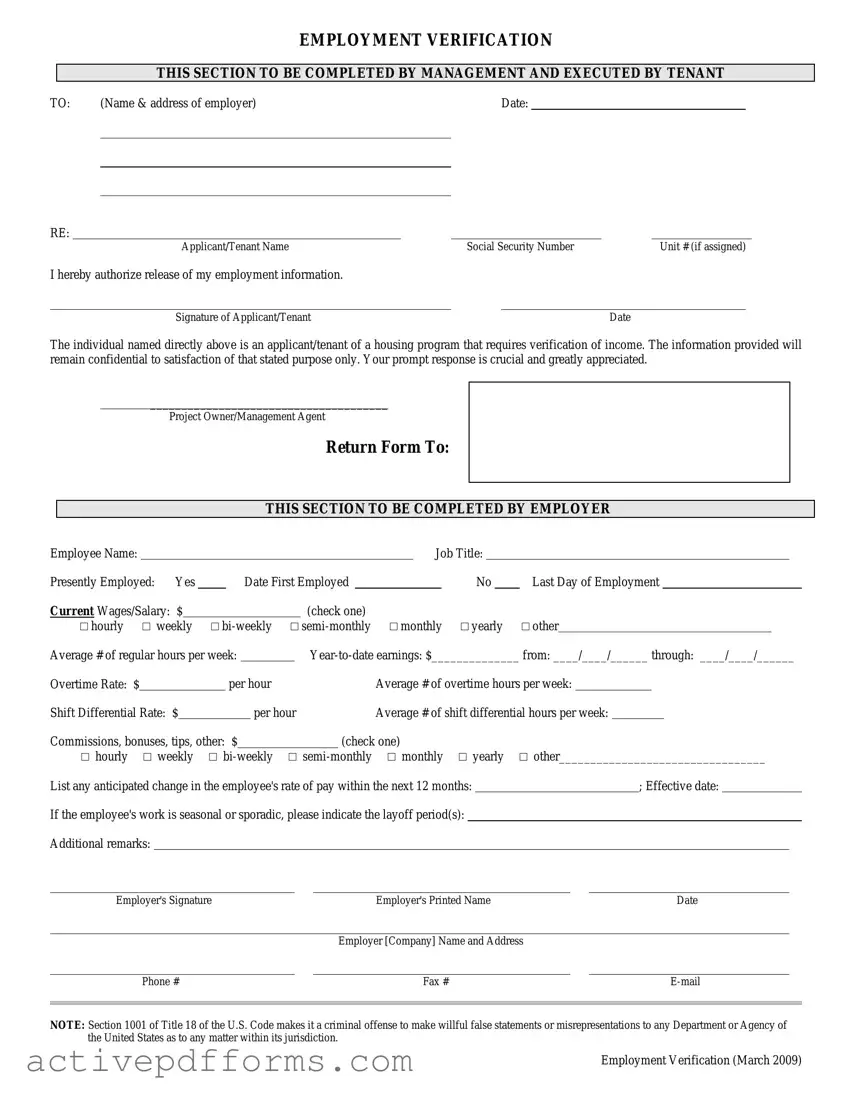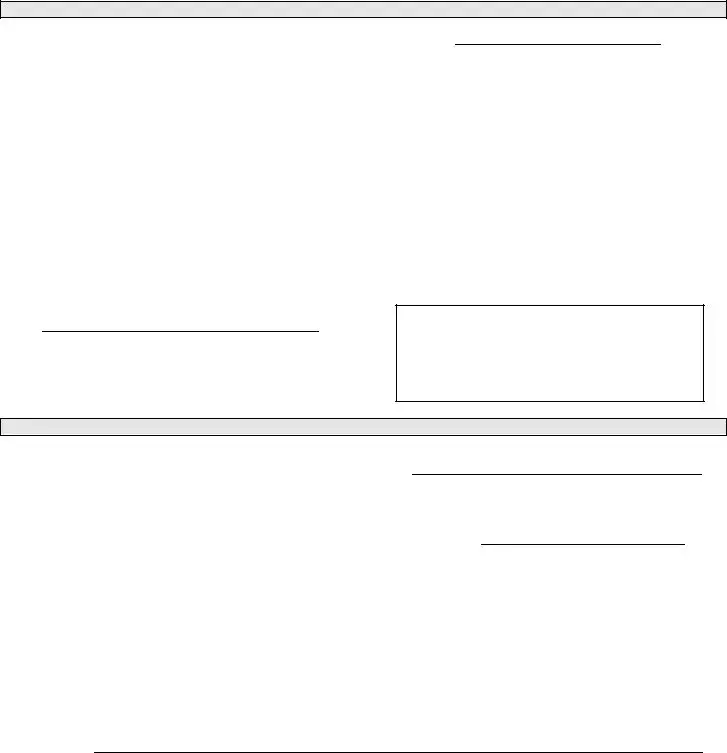In the realm of employment and labor law, the Employment Verification Form stands as a critical document, bridging the gap between legislative mandate and practical necessity. This form is a testament to an employer's compliance with laws that regulate the hiring process, ensuring that all employees are legally authorized to work in the United States. Its significance extends beyond mere formality; it serves as an essential record that aids in the prevention of unauthorized employment, which is a cornerstone of the immigration policy in the country. Given its pivotal role, the proper completion and retention of this form are not only recommended but mandated by law. Employers are tasked with the responsibility of verifying the employment eligibility of their new hires through this form, a process that underscores the balance between workforce integrity and the protection of individual rights. The implications of the Employment Verification Form are far-reaching, affecting both the employer and the employee, and thus, it encapsulates a plethora of legal, ethical, and societal considerations.

